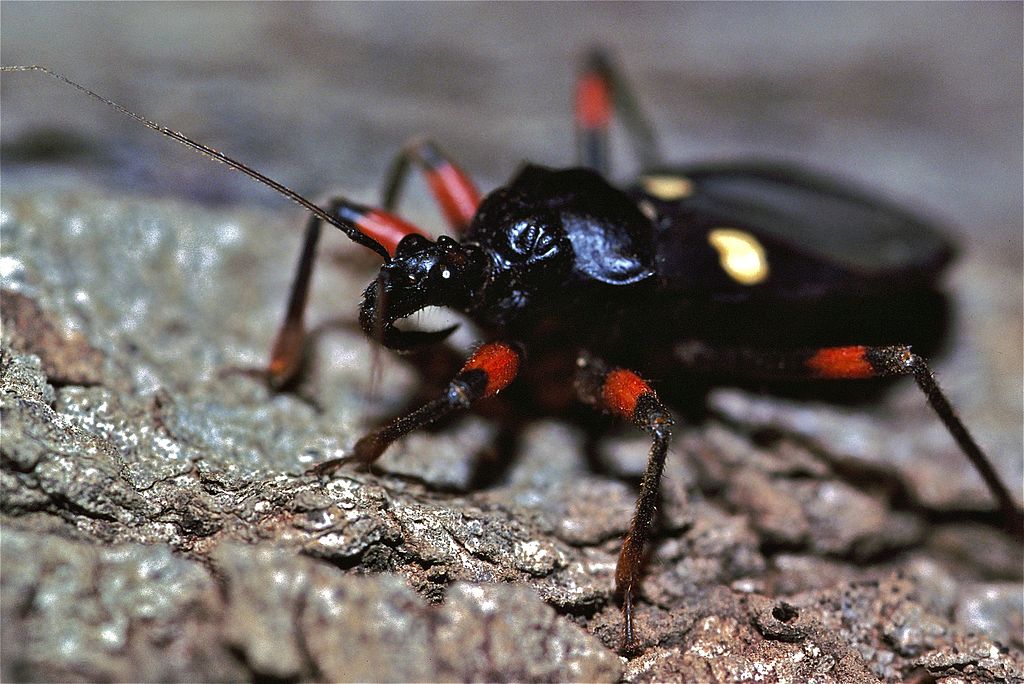Wizzie Brown, an insect specialist with the Texas A&M AgriLife Extension Office, says assassin bugs are usually, but not always, among the good insects in your garden. They come in several varieties.
On different kinds of assassin bugs:
“Most people are familiar with… the milkweed assassin bug, which are the orangish-red ones with the black stripes on their body. Most people are familiar with the wheel bugs, which are the very large, like, one-and-a-half to two inches, kind of grayish-black, but they’re called a ‘wheel bug’ because they have this cog-like shape on their thorax.”
On less-desirable assassin bugs:
“So we do have some assassin bugs that we’re not so keen on. Those are the triatomine bugs, and those are the kissing bugs. And with the kissing bugs, the mouth parts are going to be a little bit different because they are very stout and they’re also going to be straight. They are capable of transmitting diseases. So it is something that people need to be aware of; it’s not something to panic over. And there is a great website [where] they can find out all sorts of information.”
On watching assassin bugs:
“Assassin bugs, beneficial insects, [are] really cool to watch in the garden, especially… if you find some ambush bugs, and watching them and how they kind of sneak up on stuff. And the milkweed assassins are also really cool to watch because they have this sticky – it’s almost glue-like — stuff that they secrete and they put it between their front legs and they use it to capture whatever they’re feeding on, which is really, really cool.”
On extra-oral digestion:
“They have what’s called extra-oral digestion, which essentially means that they eat stuff outside of their body, which I know isn’t really possible. But the way that they’re going to feed is when they stab their mouth parts into an insect – say they are going to inject their saliva, and that saliva has chemicals in it that starts to break down the tissues of the insect. And it makes it all soft and mushy and kind of slurpy so they can suck it up with their mouth parts. And it’s just kind of like you sucking up a milkshake. But in this case, it would be a bug shake because they would be eating bugs and not milk products.”














